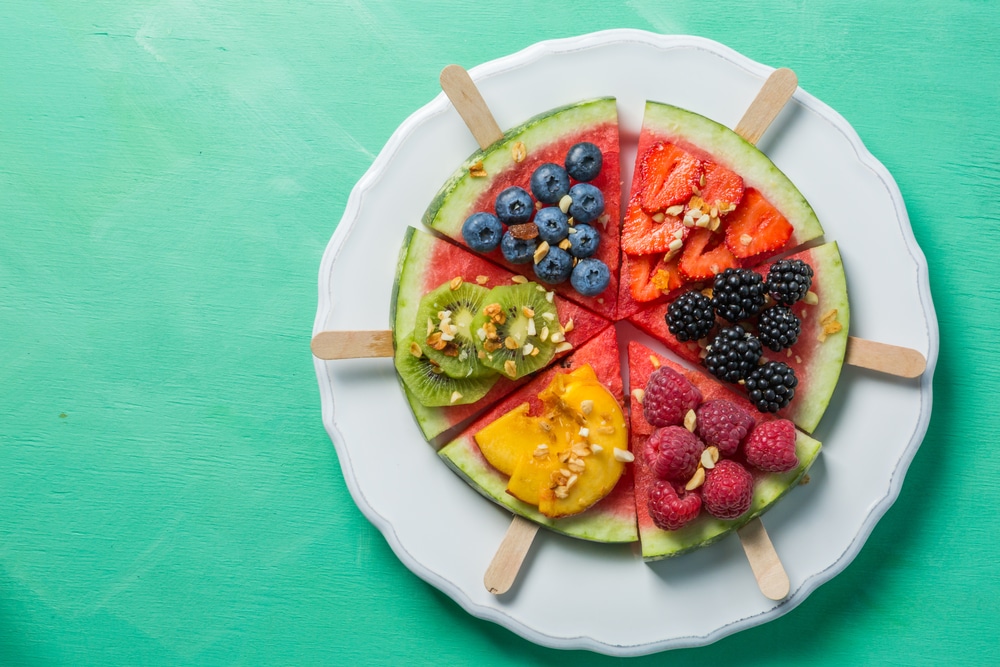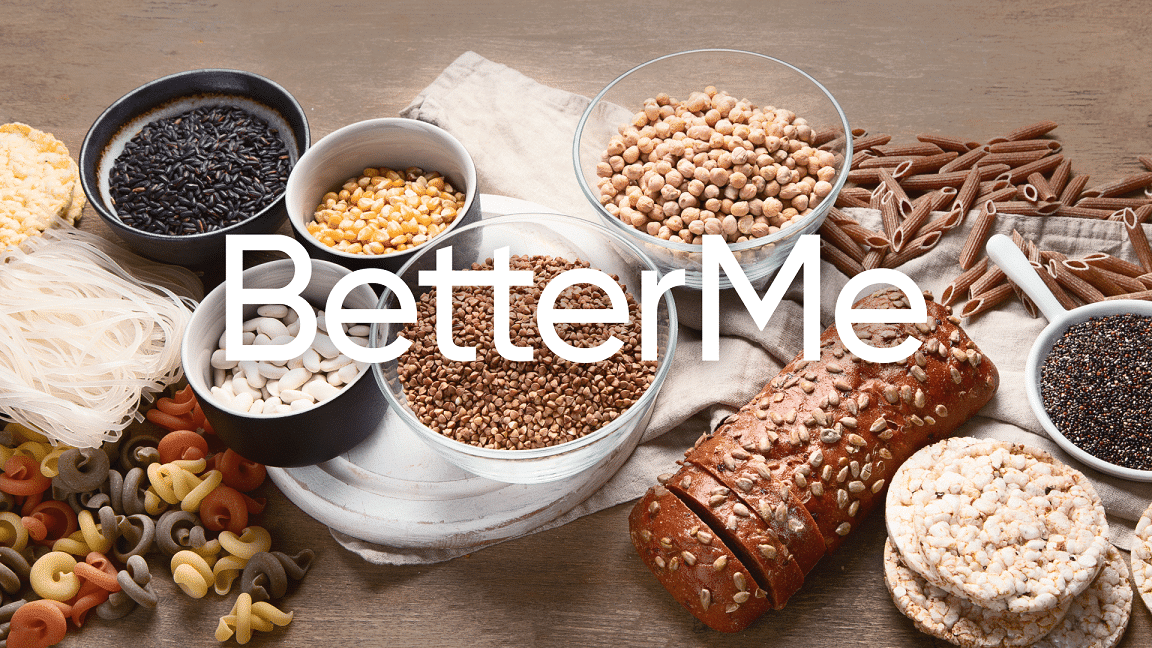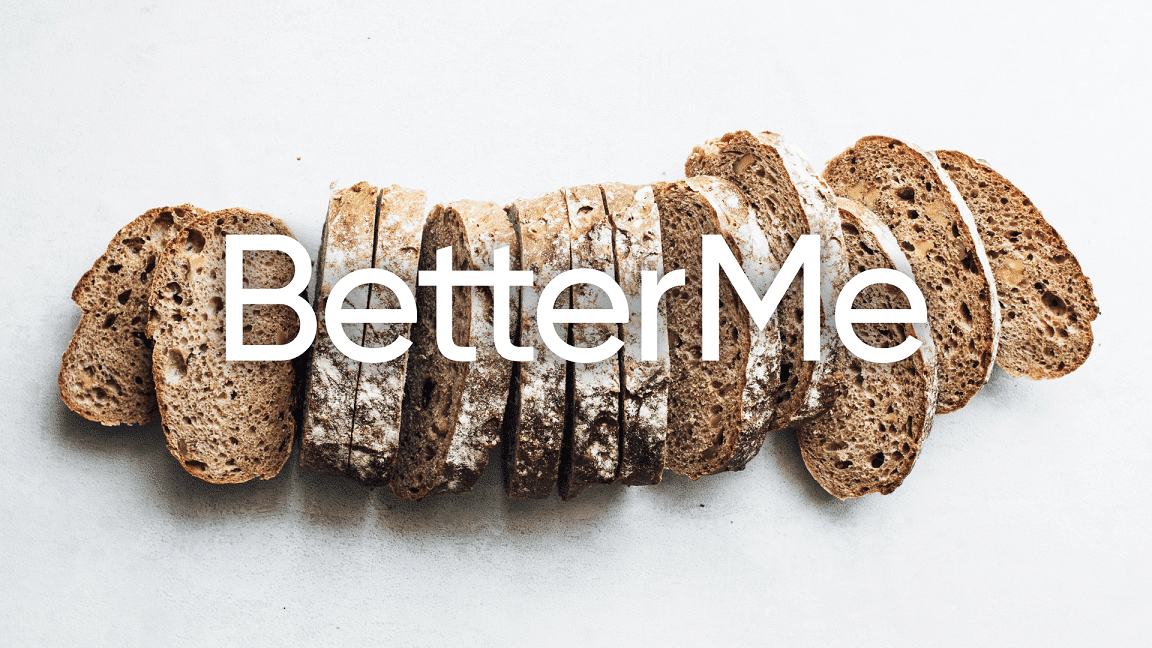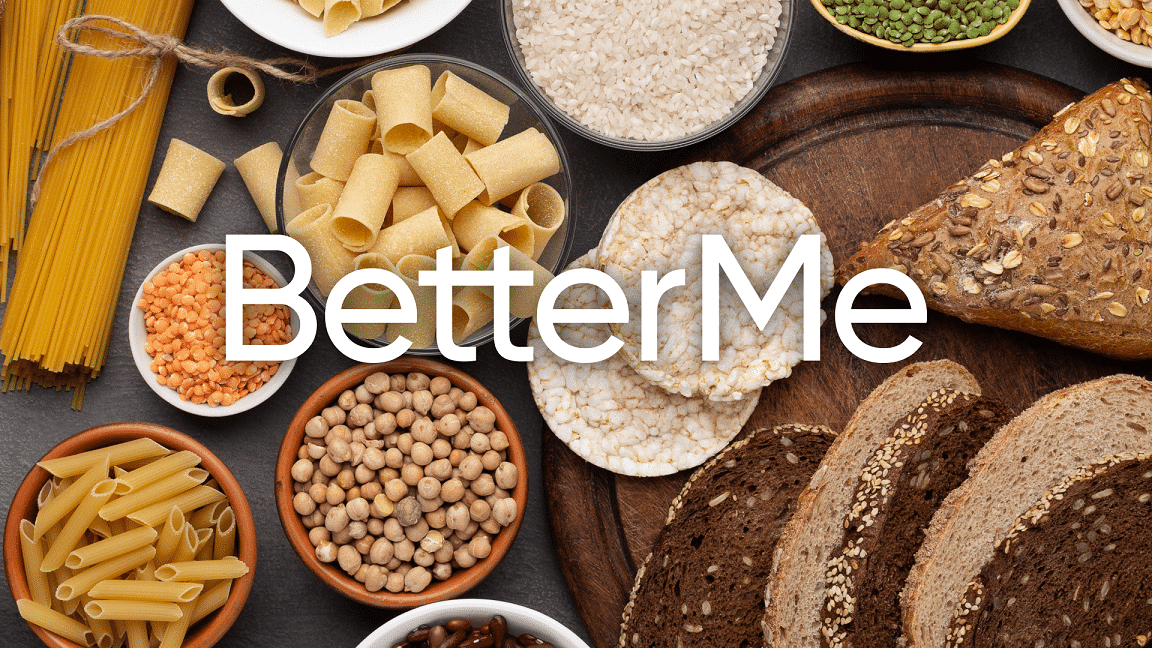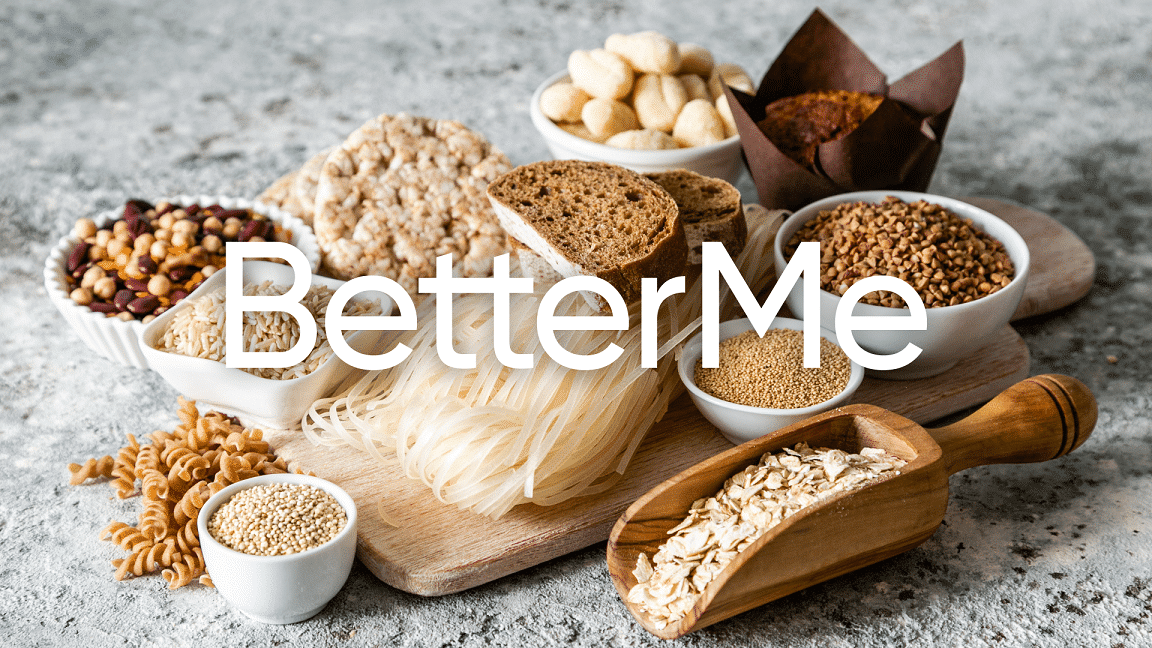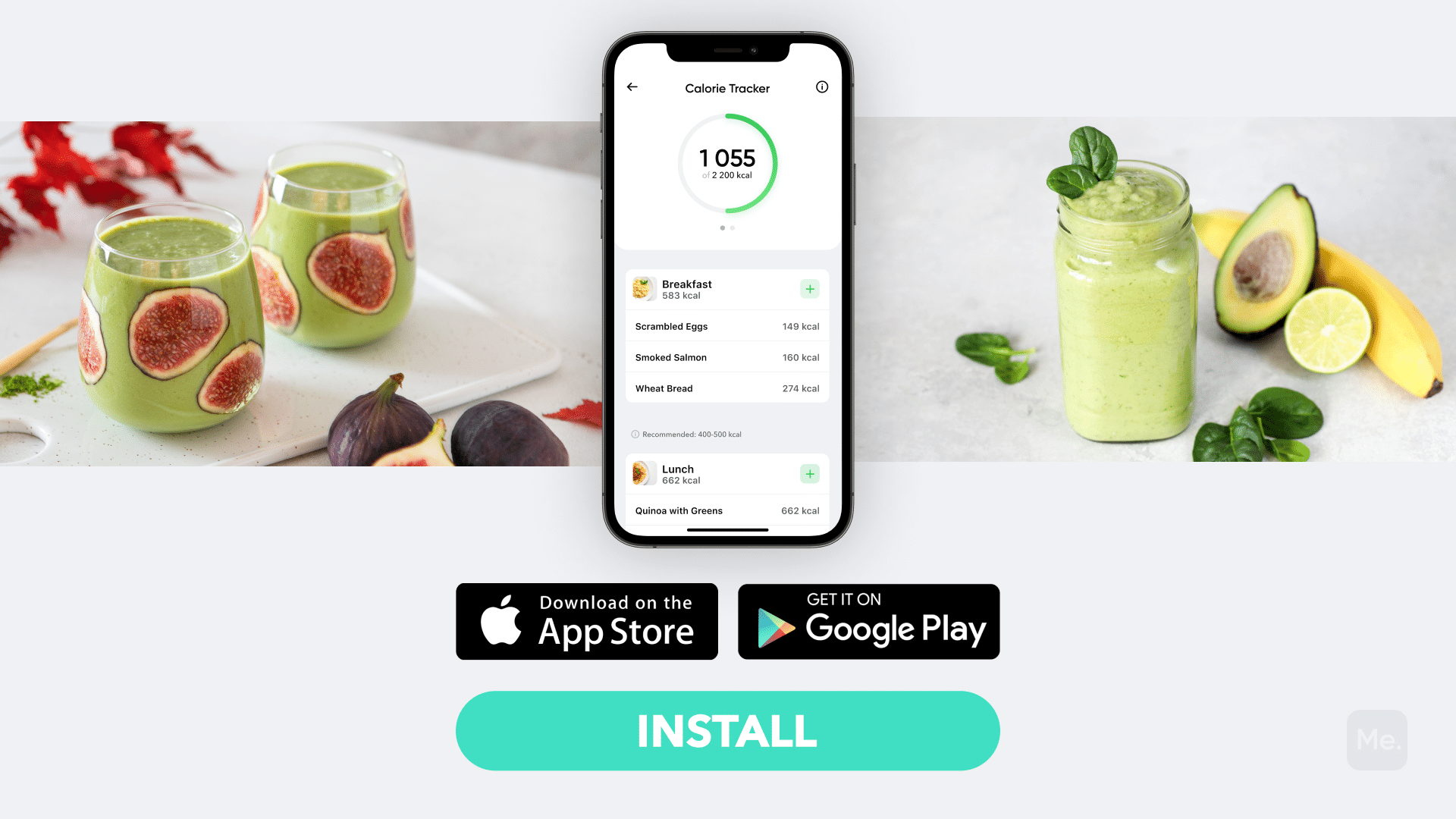Carbohydrates can be divided into two, fast and slow-digesting carbohydrates, or what others would refer to as simple and complex carbs. Fast digesting carbs mean precisely that, once you ingest them, they’re quickly absorbed into the bloodstream for a quick burst of energy.
Consuming fast digesting carbs in excess can lead to weight gain over time, increasing your risk of obesity and other health issues. Instead, you want to be strategic. Learn more about them as we discuss the best time to eat them and when to avoid them.
What Are Fast Digesting Carbs?
Fast digesting carbohydrates are also known as simple carbs, which include refined sugars. They are quickly absorbed into the bloodstream, leading to increased blood sugar and, consequently, a quick release of energy.
Carbohydrates as a whole are made of small sugar molecules called saccharides. They can be single, double, multiple, otherwise referred to as monosaccharides, disaccharides, and polysaccharides (12). Simple carbs only have one or two sugar molecules. Hence, they can only be monosaccharides and disaccharides.
Monosaccharides
There are three kinds of monosaccharides:
- Glucose. It’s the number one monosaccharide used to fuel the brain and the body daily. It’s found in fruits, vegetables, and sap of plants. Also known as dextrose, it’s the most basic form of carbohydrates, and it’s available in powder form in many stores. It works well with post-workout shakes and sports drinks.
- Fructose. It’s a sugar found mainly in fruits, vegetables, honey, and some grains. Unfortunately, it’s not easily absorbed on its own without glucose present. It might then take longer to be absorbed and not spike insulin levels as fast as other monosaccharides (7). However, it is usually found in combination with glucose so this isn’t much of an issue.
- Galactose. It’s commonly found in milk and yogurt.
Disaccharides
These are a combination of two sugar molecules. There are three types of disaccharides:
- Sucrose. Also known as table sugar, it’s a combination of glucose and fructose. Sucrose is white and powdery/ granular but can also be found in sugar cane and sugar beet.
- Lactose. It’s milk sugar with a combination of glucose and galactose. It’s found in a mammal’s milk, such as dairy products. For those who are lactose intolerant, you lack or don’t make enough of the enzyme needed to digest this sugar.
- Maltose. It’s a malt sugar with a combination of two glucose units. Maltose is found in germinating grains such as barley and malt or malted foods and beverages.
These two form the fundamentals of simple carbs, but there are way more foods in this category. Up next is a fast-digesting carbs list that highlights all the examples of food items with simple sugars.
Read More: How To Gain Weight With A Fast Metabolism: Safe, Science-Backed Tips
What Are Some Fast Digesting Carbs?
Now that you know what these carbs are let’s look at a list of fast-digesting carbs. We have divided them into four sections, namely:
- Fruits
- Fast releasing carbohydrates
- High glycemic index carbs
- Examples of simple sugars from packaged foods
Fast Digesting Carbs Fruits
From the explanation above, fruits contain simple sugars. However, they also contain fiber when eaten whole, which can slow down digestion and absorption of the entire fruit, including the sugar. Here are some of those fruits:
- Berries – Blackberry, Strawberry, Cranberry
- Apples
- Cherries
- Mango
- Watermelon
- Lemon
- Clementine
- Fig
- Orange
- Papaya
- Grapefruit
- Pomegranate
- Nectarine
- Pear
- Plum
- Bananas
- Dates
- Peaches
Fast Releasing Carbohydrates
Fast-releasing carbs are absorbed into the bloodstream as soon as you ingest them. They include;
- Cake and pastries
- Soft drinks
- Fruit juices
- Candy
- Ice cream
- Sugar
- Syrup
- Honey
- Breakfast cereals such as Muesli, cornflakes, and dried fruits like raisins.
- Bagels
- Rice cakes
- Crackers
- White grains like white rice and white bread.
- Sweet potatoes
- Potatoes
- Pasta
The less fiber the food has, the faster it is to digest, meaning processed, refined sugars such as cookies and biscuits release energy faster than sweet potatoes or white rice.
High Glycemic Index Carbs
The glycemic index(GI) is an indicator of how quickly foods raise your blood sugar. It measures how fast carbs are digested and absorbed into the bloodstream as glucose. GI can rank from 0 to 100, where foods between 0 to 50 have a low GI, 50 to 70 have a medium GI, and foods above 70 have a high GI.
Foods with a high glycemic index mean that they’re easily digested and absorbed in the body, producing energy fast. Simple carbs have medium-high glycemic indexes.
Example of such foods include:
- White rice
- Cereals
- Instant oatmeal
- Pudding
- Pretzels
- Energy bars
- Cornmeal
- White pasta
- Potatoes- boiled or fried
- White bread
- Plantains
- Pumpkin
The cooking time of foods will affect their glycemic indexes. For clarity, you can check this glycemic index guide on foods.
Labeled/ Tagged Simple Carbohydrates
Lastly, here’s a list of simple carbs as labeled on processed foods. You should find them in the ingredients list of the product:
- Sucrose
- Brown Sugar
- Raw Sugar
- High Fructose Corn Syrup
- Corn Syrup
- Dextrose
- Glucose
- Fructose
- Maltose
- Malt Sugar
- Syrup
- Honey
Any one of these is added to certain foods, which would then qualify as simple carbs. A good example is an energy bar with glucose or brown sugar, chocolate syrup spread, and even raw sugar added to fast-digesting carbs such as pancakes. They are typically considered added sugars, and are there to improve the taste and extend the shelf life. We are usually recommended to limit our intake of these added sugars.
When it comes to weight loss, progress is made by inches, not miles, so it’s much harder to track and a lot easier to give up. BetterMe app is your personal trainer, nutritionist and support system all in one. Start using our app to stay on track and hold yourself accountable!
How Does The Body Use Fast Digesting Carbs?
Simple carbs provide a quick burst of energy as most of them are absorbed into the body as soon as they’re ingested. For better understanding, let’s have a look at its pathway.
Metabolic Pathway Of Simple Carbs
Carbohydrate digestion begins in the mouth, but that’s only for polysaccharides and disaccharides (5). As you chew on the food, the salivary glands secrete saliva, which coats the food particles and breaks down the sugar molecules into smaller units, thanks to an enzyme called salivary amylase.
Polysaccharides will be broken down into smaller chains of glucose which are dextrins and maltose. After which, more digestion takes place in the small intestines.
Because there’s no amylase in the stomach, the food passes right to the small intestines. Pancreatic juice from the pancreas will break down maltose and dextrins into glucose using the enzyme pancreatic amylase.
Here’s where the disaccharides are broken down into single sugar molecules. For example, sucrase breaks sucrose into glucose and fructose molecules, maltase breaks the bond between the two glucose units of maltose, and lactase breaks the bond between galactose and glucose.
From there, single sugar units are now easily transported into intestinal cells, then into the bloodstream.
Source Of Energy
After digestion, absorption, and transportation, the liver will receive glucose, fructose, and galactose as the first organ. The liver will leave the glucose needed for active energy, and the remaining molecules will be stored as glycogen stores.
Once the insulin-secreting cells in the pancreas sense the increase in blood glucose, they’ll release insulin into the blood. Insulin sends a signal to the body’s cells to remove glucose from the blood by transporting it into different organ cells around the body and using it to make energy and as a source of fuel.
Insulin also triggers the muscle tissue to store away glucose as glycogen for use later during the day or on your next workout.
In summary, simple carbs will be absorbed into the body through the bloodstream, where they provide glucose for energy and build up energy as glycogen in the muscles and liver. Monosaccharides will not be digested further as they’re only single sugar molecules. Instead, they’re transported to the liver as soon as ingested.
When Is The Best Time To Have Fast Digesting Carbs?
The best time to consume fast-digesting carbs is after your workout. Usually, consuming simple sugars will cause insulin to convert excess glucose into fat storage. However, post-workout, these high insulin levels will drive recovery nutrients such as creatine, glucose, and amino acids into muscle cells to restock glycogen.
In nutrient timing, there’s an anabolic window of opportunity which comes after your workout. Your body will be in an anabolic phase where glycogen from your muscles is depleted and in need of replenishment and energy boost (10).
To get the glycogen you’ll need for muscle growth and maintenance; your best bet is a fast-digesting carb that offers a quick release of energy. Simple sugars will provide a quick boost of energy that quickly raises your blood sugar levels and restores your muscles’ supply of glycogen (11).
Taking simple carbs after a workout also helps to prevent muscle catabolism or muscle protein breakdown. Fast digesting carbs will increase your insulin levels in the body leading to reduced muscle protein breakdown. Studies show that insulin reduces muscle protein breakdown where a simple way to do that is by ingesting simple carbohydrates (3).
In line with reducing muscle protein breakdown, quick-digesting carbohydrates can also help promote muscle synthesis, especially when taken along with protein after a workout. Muscles need nutrients to grow, and the quickest way to get them what they need is by stimulating insulin, the anabolic hormone that facilitates tissue growth (3).
Therefore, this concludes that consuming fast-digesting carbs post-workout offers the most benefit.
Choosing The Right Fast-Digesting Carbs
We have established that you need simple carbs right after your workout to help with replenishing your glycogen. To raise your insulin levels, you need the right simple carbs that will rapidly increase your blood glucose. These carbohydrates have three characteristics:
- Low in fiber. Fiber is an element of healthy carbs, however, they slow down the release of sugar to the bloodstream. Such a slow release doesn’t spike your blood glucose.
- Low in fructose. Unlike glucose, fructose is absorbed into the bloodstream much slower because it may need glucose to help it be absorbed.
- Low in fat. Fat will hinder the speedy release of sugar hence preventing the rapid rise of insulin.
With that in mind, go for foods that meet this criterion such as low-fiber fruits, low-fat milk, and white grains.
Read More: Losing 50 Pounds In 3 Months: Is It Possible?
When Should You Avoid Fast Digesting Carbs?
Fast digesting carbs are great post-workout for the reasons stated above. However, when you consume too many simple sugars, the excess glucose is stored as body fat leading to weight gain. Therefore, avoid too many fast-digesting carbs when you want to lose weight, or you’re trying to maintain your weight.
With these fast-releasing carbs, Timing is everything. You want the proper nutrients at the right time; otherwise, you risk weight gain, which can lead to obesity, among other health risks. Ideally, you can stick to healthy fast-digesting carbs such as white grains, pasta, and fruits instead of cookies, candies, and sugary beverages, but the fact remains that simple sugars have their risks.
Quick digesting carbohydrates are often tagged “bad” because when you take them when your body doesn’t need replenishment, the extra glucose is simply body fat. Hence, when these carbs are taken often as snacks, they lead to weight gain and prolonged insulin problems (1).
Studies reveal that fructose can also increase your hunger cues, creating more appetite. Moreover, excessive fructose consumption may cause resistance to leptin, an important hormone that regulates hunger and tells your body to stop eating (1, 4).
It’s a fact that fast-digesting carbs don’t last long in the body. The glucose from these foods is used up quickly, causing you to feed again and again. Eventually, your calories build up, and you begin to gain weight.
In other studies, there’s clear evidence that constantly taking these simple carbs can lead to obesity, inflammation, and high triglyceride, blood sugar, and blood pressure levels, all risk factors for heart disease (14).
Additionally, it can also lead to atherosclerosis, a disease characterized by fatty, artery-clogging deposits and metabolic syndrome (9). It’s manifested by elevated serum triglycerides, low high-density lipoprotein (HDL) cholesterol, central obesity, insulin resistance, glucose intolerance, and high blood pressure. Again, these are associated with an increased risk of type two diabetes and coronary heart disease (9).
Healthy Carb Dessert: The Perfect Post-Workout Snacks
Whether you have a sweet tooth or simply need to reward yourself after an intense workout session, having a filling dessert is the best way to do it. You’ll need something sweet but also high in carbs to replenish muscle glycogen.
Stuffed Sweet Potato Parfait
This dessert has a mix of carbs and protein which are essential after a workout. The carbs replenish muscle glycogen while the protein works toward muscle regeneration. This treat also offers antioxidants that help neutralize free radicals that occur naturally during endurance exercise.
Because the sweet potato parfait is easy to make, it can be a go-to snack that needs no meal prep or extensive list of ingredients.
Ingredients
- Sweet potato
- Greek yogurt
- Peanut butter
- Granola
- Fruit
- Cereal of choice
Instructions
- Preheat the oven to 400°F.
- Poke holes into the sweet potato and bake until tender.
- Remove from the oven, slice them open and scoop out a little to make room for the stuffing.
- Stuff with cereal, fruit, granola, and peanut butter.
- Top with greek yogurt.
If you wish to free yourself from all the extra pounds that have been weighting you down for way too long, start using the BetterMe app and overhaul your entire life!
Healthy Apple Crumble Pie
This treat is full of antioxidants and healthy fats to help you cope with post workout inflammation. It also has a variety of fast and slow digesting carbs to encourage glycogen replenishment. Topped off with some protein, it is the perfect treat for muscle resynthesis after a gruelling hour at the gym.
Ingredients
- One medium apple
- ½ cup granola or ½ cup oats
- 2 tablespoon nuts of choice
- Cinnamon and nutmeg to taste
Instructions
- Slice one medium apple and place in a bowl.
- Sprinkle with cinnamon and nutmeg.
- Top with ½ cup of oat or granola.
- Sprinkle the nuts evenly.
- Microwave for 3 minutes, or until the apples are soft.
Get your personalized
meal plan!
DISCLAIMER:
This article is intended for general informational purposes only and does not address individual circumstances. It is not a substitute for professional advice or help and should not be relied on to make decisions of any kind. Any action you take upon the information presented in this article is strictly at your own risk and responsibility!
SOURCES:
- Added sugars drive nutrient and energy deficit in obesity: a new paradigm (2016, ncbi.nlm.nih.gov)
- Carbohydrates and blood sugar (n.d., harvard.edu)
- Combined ingestion of protein and free leucine with carbohydrate increases postexercise muscle protein synthesis in vivo in male subjects (2005, journals.physiology.org)
- Differential effects of fructose versus glucose on brain and appetitive responses to food cues and decisions for food rewards (2015, ncbi.nlm.nih.gov)
- Digestion and Absorption of Carbohydrates (n.d., pressbooks-dev.oer.hawaii.edu)
- Effect of fructose on body weight in controlled feeding trials: a systematic review and meta-analysis (2012, pubmed.nih.gov)
- Fructose absorption (1993, academic.oup.com)
- Glycemic index for 60+ foods (2015, harvard.edu)
- Is the metabolic syndrome caused by a high fructose, and relatively low fat, low cholesterol diet? (2011, pubmed.nih.gov)
- Nutrient Timing (unm.edu)
- Nutrient Timing Revisited: Is there a post-exercise anabolic window (2013, ncbi.nlm.nih.gov)
- Physiology, carbohydrates (2020, ncbi.nlm.nih.gov)
- The Carbohydrate-Insulin Model of Obesity: Beyond “Calories In, Calories Out” (2018, pubmed.nih.gov)
- The Evidence for Saturated Fat and Sugar Related to Coronary Heart Disease (2015, ncbi.nlm.nih.gov)
